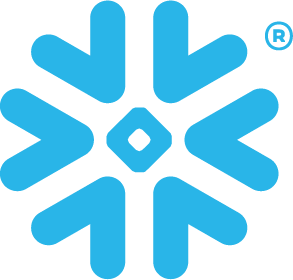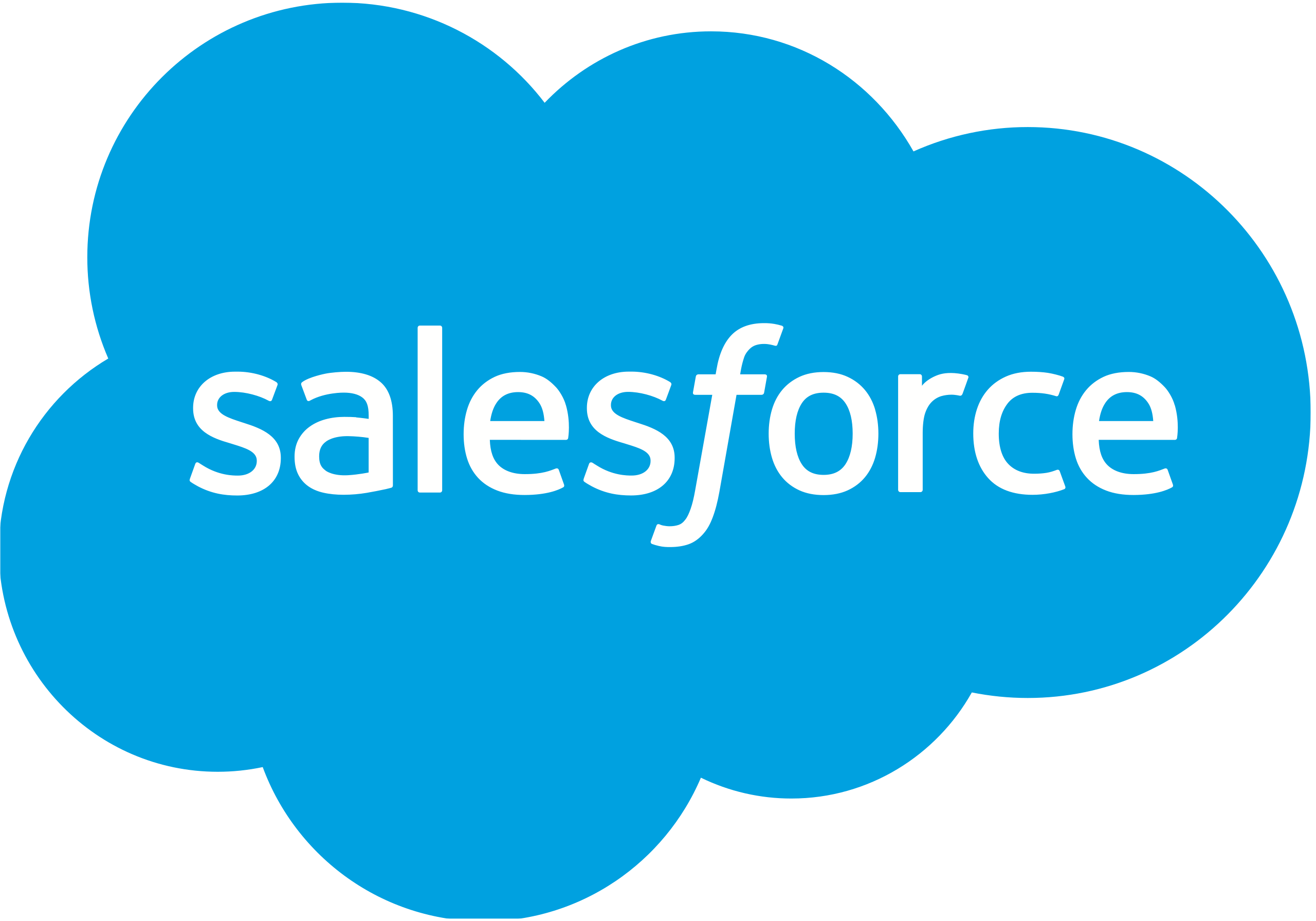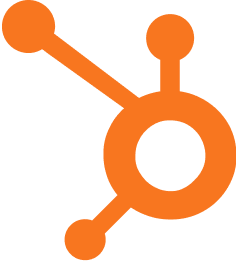Predictive Analytics Tools: Forecasting Success

Published on: October 01, 2024
In today's data-driven business landscape, Predictive Analytics Tools have become indispensable for organizations seeking to gain a competitive edge. These powerful software solutions leverage historical data, statistical algorithms, and machine learning techniques to forecast future outcomes and trends. By harnessing the power of predictive analytics, businesses can make informed decisions, optimize operations, and drive revenue growth.
Understanding Predictive Analytics Tools 🔍
Predictive Analytics Tools are sophisticated software applications designed to analyze large volumes of data and identify patterns, relationships, and trends. These tools use various techniques, including:
- Data mining
- Machine learning algorithms
- Statistical modeling
- Artificial intelligence
By processing historical and current data, these tools can generate accurate predictions about future events, customer behavior, and market trends.
Key Features of Predictive Analytics Tools 🛠️
Modern predictive analytics tools offer a wide range of features to help businesses extract valuable insights from their data:
- Data integration: Ability to connect and import data from various sources
- Data preprocessing: Cleaning, transforming, and preparing data for analysis
- Advanced analytics: Implementing complex statistical and machine learning models
- Visualization: Creating interactive dashboards and reports
- Real-time analytics: Processing and analyzing data in real-time
- Collaboration: Sharing insights and collaborating with team members
Applications in Sales and Marketing Operations 📊
Predictive Analytics Tools have numerous applications in Sales and Marketing Operations, including:
- Lead scoring: Identifying high-potential leads and prioritizing sales efforts
- Customer segmentation: Grouping customers based on behavior and preferences
- Churn prediction: Forecasting which customers are likely to leave
- Demand forecasting: Predicting future product demand
- Pricing optimization: Determining optimal pricing strategies
- Campaign optimization: Improving marketing campaign effectiveness
Benefits of Using Predictive Analytics Tools 🚀
Implementing predictive analytics tools can provide numerous benefits for organizations:
- Improved decision-making
- Increased operational efficiency
- Enhanced customer experiences
- Reduced risks and fraud
- Optimized resource allocation
- Competitive advantage
Challenges and Considerations 🤔
While predictive analytics tools offer significant advantages, there are some challenges to consider:
- Data quality: Ensuring accurate and reliable data inputs
- Skill requirements: Need for data science and analytics expertise
- Integration: Seamlessly incorporating predictive analytics into existing workflows
- Ethical concerns: Addressing privacy and bias issues in predictive models
- Interpretability: Explaining complex model outputs to stakeholders
Choosing the Right Predictive Analytics Tool 🎯
When selecting a predictive analytics tool for your organization, consider the following factors:
| Factor | Considerations |
|---|---|
| Ease of use | User-friendly interface, drag-and-drop functionality |
| Scalability | Ability to handle growing data volumes and user base |
| Integration capabilities | Compatibility with existing systems and data sources |
| Customization options | Flexibility to adapt to specific business needs |
| Support and training | Availability of documentation, tutorials, and customer support |
| Cost | Pricing model, total cost of ownership |
Implementing Predictive Analytics Tools in Your Organization 💡
To successfully implement predictive analytics tools in your sales and marketing operations, consider the following steps:
- Define clear objectives and use cases
- Assess your data quality and availability
- Choose the right tool based on your needs and resources
- Develop a data governance strategy
- Train your team on using the tool effectively
- Start with pilot projects to demonstrate value
- Scale your predictive analytics initiatives gradually
- Continuously monitor and refine your models
By leveraging the power of predictive analytics tools, organizations can unlock valuable insights, make data-driven decisions, and stay ahead of the competition in today's fast-paced business environment.
As you consider implementing predictive analytics tools in your sales or marketing stack, ask yourself:
- What specific business problems can predictive analytics solve for my organization?
- Do we have the necessary data infrastructure and quality to support predictive analytics?
- How can we integrate predictive insights into our existing workflows and decision-making processes?
- What skills and resources do we need to develop or acquire to maximize the value of predictive analytics tools?
- How can we measure the ROI of our predictive analytics initiatives?
















